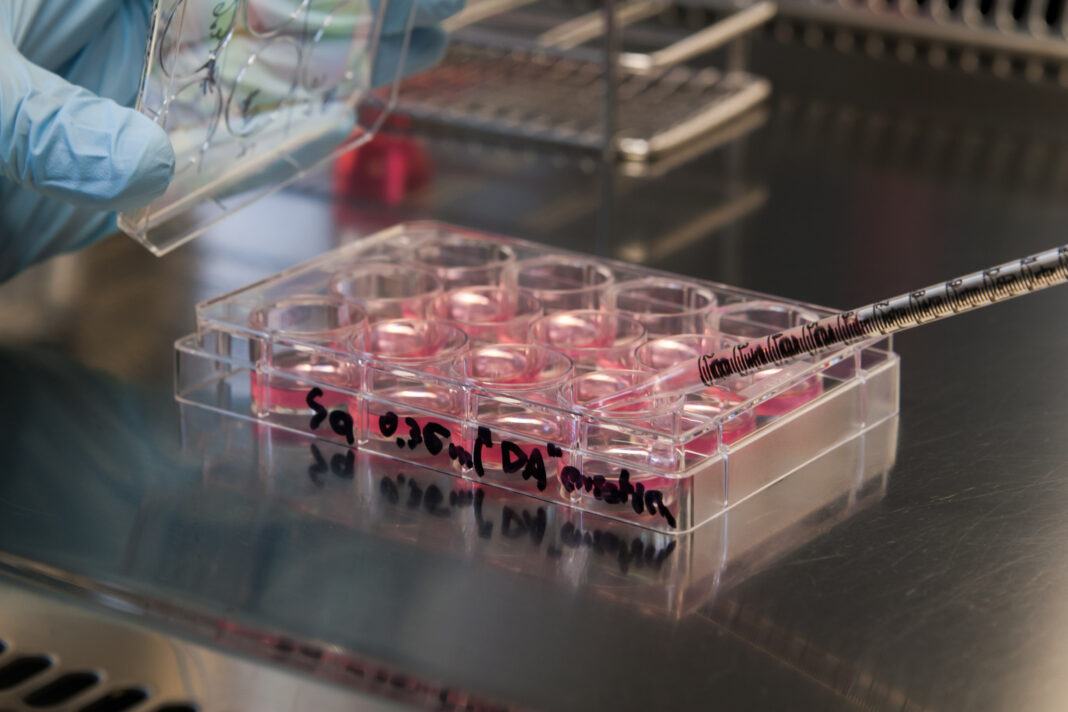Companies working on induced pluripotent stem cell (iPSC) therapies face a dilemma automating their processes due to a lack of tailored equipment. That’s the opinion of Cenk Sumen, PhD, chief technology officer at Stemson Therapeutics, which is developing a treatment for hair loss and currently uses a relatively manual manufacturing process. However, they hope to implement an automated and closed manufacturing system over the next couple of years, Sumen explains.
However, one challenge, he says, is obtaining suitable bioprocessing equipment when, unlike more established cell therapies, iPSCs only make up a tiny percentage of the market.
“CAR-T is quite a mature technology now with several approvals, and quite a lot of automation and closed systems to bolster biomanufacturing,” he tells GEN. “The dilemma is how we get [instrument] companies to invest in automation for emerging fields [such as iPSCs] when they’re not a big slice of the pie?”
Another challenge for Stemson is how to move from an academic to an industrial protocol, says Sumen, who will be giving a talk about the company’s move towards automation at BioProcess International in Boston in September.
“One of the biggest challenges is drawing boxes around unit operations,” he points out. “Once we have iPSC, we have to culture them in a way determined by a specific protocol and the question is ‘how do we scale this?’”
Handling of the cells is currently a highly manual process. To automate this with robots, the company needs to isolate necessary bioprocessing steps and eliminate unnecessary ones.
Stemson Therapeutics is also working on designing a product formulation that works for their end users, who are typically hair transplant surgeons.
“With surgeons, they want a product that fits with their current transplant protocol,” says Sumen. “And the whorl and swirl of hair follicles is individual to each head.”
Their current product concept is a cryopreserved plate with a row of lab-grown hairs on it, which can sit on a surgical tool station. This means the hair follicles are ready to be picked up and transplanted to a pre-determined location on a patient’s head.


